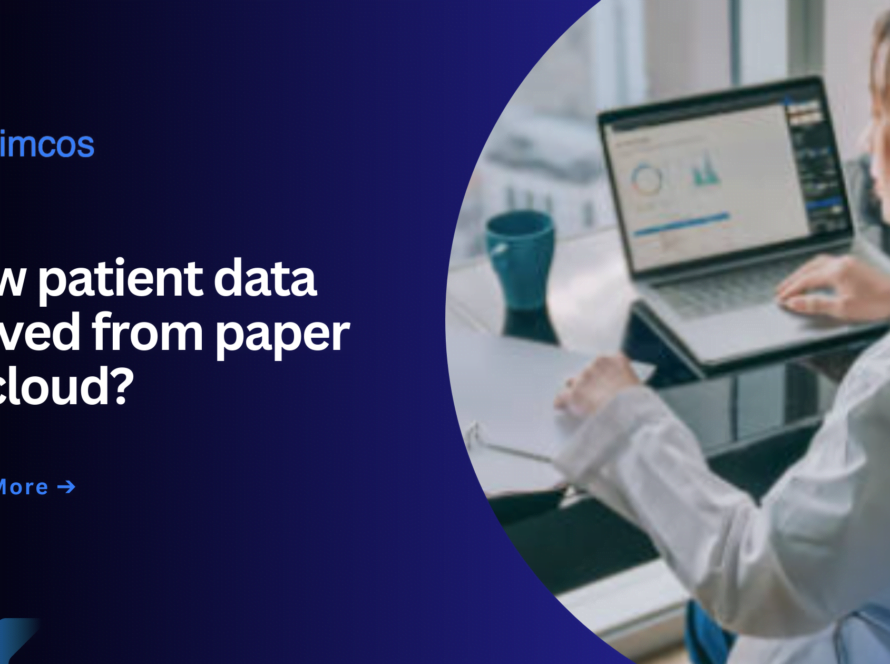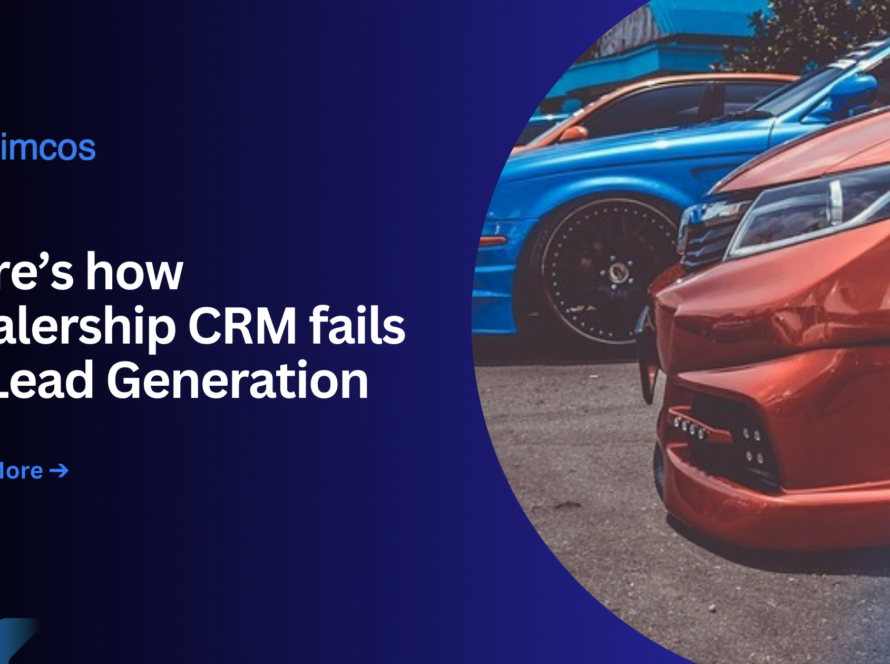What is App modernization?
App modernization refers to the process of updating and transforming legacy applications to align with current business needs, technological advancements and user expectations. This comprehensive approach involves re-engineering existing software systems to improve their efficiency, performance, scalability and maintainability while frequently utilizing the benefits of modern computing environments like the cloud. The need for app modernization arises from the rapid evolution of technology and the increasing demand for more agile, responsive and user-friendly applications.
Quickly changing market conditions and customer preferences mean that companies will need to be agile as this market evolves. The legacy applications, built on older technologies generally Java VB renders to not having this capability as they are more rigid for maintenance every system and the non in transferability between new systems. App modernization deals with these by refactoring, re-architecting or even rebuilding applications to be modular, efficient and scalable. This could involve migration of applications to cloud platforms, moving towards micro-services architecture and improving user interfaces (UI) & user experiences (UX), adding intelligence features like AI/ML.
App modernization offers a wide range of benefits. Modern frameworks and platforms help businesses save money on ongoing operational costs, while accelerating system performance. When the waiting room is full, boosted scalability allows applications to accept more requests and deliver better user experience at scale under peak load conditions Secure – Applications are secure as modernized apps come with the latest security protocols, reducing chances of any data breach and to ensure necessary regulatory compliance.
In addition, app modernization helps organizations remain competitive by driving innovation and agility. This allows fast onboarding to add new features and services, meet changing customer needs with existing programming interfaces through onwards compatibility updates creating access and opportunity for additional revenue streams. App modernization is primarily a strategic move that turns legacy systems into powerful, effective and forward-focused applications to build the sustainable business growth foundation in digital age.
Table of Contents
Challenges and Need for App Modernization
As we march through time and technology rapidly advances, companies are faced with yet more challenges in keeping their legacy applications able to keep pace. Built decades ago on technologies, programming languages and hardware that are less commonly used or supported today, these applications become an increasing burden to support. The problem with this is that it generates a huge technical debt, as the fee for maintaining these systems increase in each iteration. The challenges are complex and require a strategic solution in the form of app modernization.
• High operational Costs and Low support
The most significant problems include spiraling maintenance and support costs. Many times, the legacy applications require knowledge that few people have (which is waining as newer technologies replace them). However, the cost of hiring and retaining staff who understand these outdated systems will rise as the pool of experts from whom to recruit dwindles. In addition, the legacy infrastructure behind these systems is slow and expensive to run — requiring high amounts of electricity simply to operate in optimal temperatures combined with hardware that costs a fortune. App modernization solves these problems by moving applications to less expensive, more efficient cloud-based environments that require fewer specialized hardware or legacy skill sets.
• Security Risks
But there is another, much more severe issue to consider: security vulnerabilities. The longer an old system is in place, the scarier it becomes because really any kind of attack on that expose however good your defense looks — until they come to light and you realize some private actor read or modified them long time ago. These apps are in violation of the other laws and regulations, which is not just illegal but financially risky becoming much steeper. By modernising applications, businesses are able to put the latest security measures in place that protects data and ensures it complies with today’s standards. Taking this proactive path protects personal details and creates further trust and loyalty amongst customers.
• Scalability
In new digital era, scalability is the most difficult thing where users demands and data volumes increasing rapidly. Legacy applications unable to scale efficiently, causing performance bottlenecks and service outages. This negatively affects the user experience and lost business opportunities. For example, without app modernization transformations to a micro-services architecture or cloud-native technologies for developing (Kubernetes help on existing VMs), apps may not scale effectively based upon individual components of the application and dependent scale. This assures that it will always give you stable performance and reliability even at high-utilization times.
• Integration with modern technologies and Softwares
Another obstacle is the requirement to work with integrations of systems and modern technologies. Enterprises are actively adopting technologies such as AI, machine learning and big data analytics to fuel business intelligence, an evolution from traditional communicating trends. Meanwhile, overcoming digital exclusion is highly challenging because legacy applications are not designed to work with these new tools and technologies; restricting the organization from innovating or remaining competitive. This refactored version of the application is designed to work better with modern technologies, allow objects within it be more loosely coupled — thus disposable and replaceable without affecting other parts as much as possible.
• Slower Performance and outdated UI
How users think about what an app should do is also pushing this requirement for modernizing applications. Current users expect applications that are easy to use, operate quickly and respond fast with attractive user interfaces. Unlike legacy systems with their antiqued user interface and sluggish experience which disappoint, deliver bad user satisfaction & results in churn! Updating apps means either completely rebuilding the original app from scratch, matching current design principles and performance benchmarks; or at least rewriting parts of its code. This increases user engagement and satisfaction leading to better return on business impact.
These provisioners are encouraged to implement higher-order systems that learn how frequent business changes should happen. Monolithic by nature, legacy apps are slow to react when new business requirements or market conditions call for an adjustment. This slow moving behavior results in lack of innovation and flexibility from the organizations to compete with other existing players if any. This process takes updated versions of these apps and turns them into a modernized, more modular system that allows for faster adjustment since features are moved in-out without concern.
In sum, it has never been easy to keep a legacy application running smoothly in the long term and these challenges are only getting greater. By taking on the spiraling maintenance of outdated systems and subsequent costs, security vulnerabilities, scalability issues & integration limitations along with user dissatisfaction and lack of agility=headers. Applications modernization allows organizations to address these issues and prepares them for growth as the world continues its digital transformation.
Future Trends In App Modernization

The app modernization landscape has been shifting, influenced by newer trends that provide better efficiency and scalability for users. These trends mirror the ongoing drive for faster, more agile and smarter systems that respond to today’s dynamic enterprise demands.
Here are some of the key future trends in app modernization:
a) Cloud-Native Development
Things have changed, however; cloud-native development is gaining ground as companies work to make the most of all that cloud computing has to offer. This means that the applications are developed from scratch, with a focus on cloud environments and use infrastructure which is provided by one or few of the major public clouds. This makes cloud-native applications scalable, resilient and agile — the most important capabilities to rapidly respond without significant overhead. With migration to the cloud on continual expansion, businesses of all sizes will be able only slowly switch over for a connected-to-the-cloud planet and migrate countless precious informational workloads to complete in containerized varieties orchestrated through Kubernetes.
b) Micro-services Architecture
The move more broadly to micro-services architecture will continue apace as organizations chase modularity signal and agility. Micro-services split monolithic applications into individual elements developed, deployed and scaled in isolation from one another. This enables us to patch applications more easily and continuously, decreases the downtime, allows teams to concurrently work on different components. Micro-services also help in easy integration of new technologies and services thereby promoting continuous innovation.
c) Serverless Computing
Server less computing and FaaS, which let developers build and deploy applications without spinning up or managing the underlying infrastructure. With serverless, the cloud provider manages servers for us (server management) adds more resources to our application when it needs in order to keep up with demand changes over time(server scaling),and maintain and manage all of this infrastructure. as a developer write code that runs on servers but without having access any Information related from them! This model provides cost savings (you pay only for how much you actually use), scalability and yet still reduced time-to-market. Serverless architectures work best for variable workload applications and provide a faster way to develop.
d) Artificial Intelligence and Machine Learning Integration
Enhancing functionality and gaining a competitive edge are two crucial reasons that businesses opt to utilize artificial intelligence (AI) and machine learning(ml) on top of their applications AI and ML enable predictive analytics, automate complex processes and offer personalized user experience. Efforts to modernize will increasingly center on the integration of such technologies, allowing for smarter data-driven applications. That means robust, scalable data management and infrastructure to accommodate the compute-intensive needs of AI/ML algorithms.
e) Edge Computing
If real-time processing and low latency are key requirements, edge computing is quickly becoming a significant trend in the space. Edge computing, however, processes the data near its source (i.e., at the “edge” of a network) which lessens reliance on sending all this data to centralized cloud servers and in turn leads to more real-time responses and lower bandwidth requirements. This is especially helpful for things related application such as IOT and autonomous vehicles where processing must happen in real time. The increase in connected devices is directly impacting modern application architectures and edge computing has become more vital to this trend than ever before.
App modernization is important for businesses trying to keep up with the dynamic technological advancements prevalent. App modernization eliminates the shortcomings of legacy systems— including increased operational costs, security vulnerabilities, lack of scalability and integration limitations —and turns outdated applications into powerful, lean and future-proof systems. In addition to reduction in the maintenance cost and improving performance this transformation leads better scalability, security, user experience.
Moving forward, trends in app modernization point towards being more agile and responsive with intelligent systems. All of these supported through the cloud-native development, micro-services architecture and serverless computing with a part in AI and ML integration till edge-computing are leading this evolution. These developments will continue to increase how efficiently a system scale and its user experience as businesses must better customize their operations in light of new technology advancements and market demands.
Businesses that adapt to these trends by modernizing their apps expect long-term growth and success in the digital world. Agility: Modern style applications are fast to deliver and update which delivers speed in innovation, adapting customer changes due to business evolution giving competitive advantage. At the end of the day, app modernization is more than just a technology refresh; it is about reshaping how companies operate and create value that will leave them well-positioned to successfully navigate today’s digital world.

What does HIMCOS do ?
Himcos provides App modernization in SaaS platforms as well as for software applications as well. Our experts help improve performance, reduce costs, enhance security and foster innovation providing our clients with scalable, secure and high performing applications.



